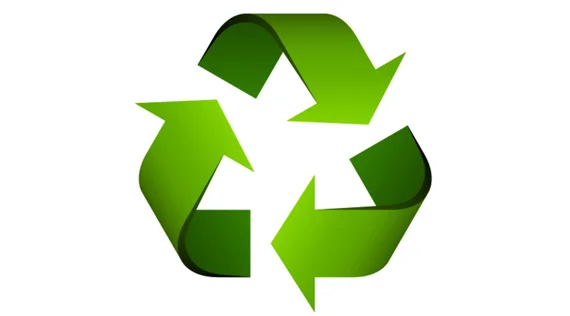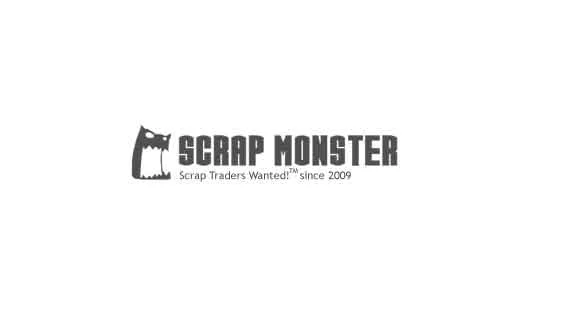
SEATTLE (Waste Advantage): A new study, published by Systemiq with support from Closed Loop Partners, Eunomia and The Recycling Partnership, outlines a comprehensive roadmap to transition the U.S. PET packaging and polyester textile industries from the current linear single-use model towards circular, low-waste and low-emission systems by 2040.
Titled ‘Transforming PET Packaging and Textiles in the United States’, the study’s launch follows landmark policy announcements, including the recent passage of the Responsible Textile Recovery Act of 2024 in California and the Executive Order on Mobilizing Federal Action on Plastic Pollution. Furthermore, Extended Producer Responsibility (EPR) laws for packaging have been passed in five states (California, Colorado, Maine, Minnesota, Oregon) and are being considered in ten others.
PET packaging and polyester textiles – used in items like beverage bottles, food trays, apparel and carpets – are made from the same molecule (polyethylene terephthalate). U.S. consumers currently use over 100 billion PET bottles and over 10 billion polyester garments each year. These materials constitute 30% of the U.S. plastic packaging and textile consumption. If current trends continue, PET/polyester consumption will grow 1.5 times by 2040, resulting in 13 million metric tons of waste sent to landfill and incineration annually – equivalent to 750,000 garbage trucks. GHG emissions from domestic PET/polyester production would be 2.5 times higher by 2040 than levels needed to meet U.S. emissions reduction targets.
The study emphasizes the transformative potential of ambitious and complementary circular economy approaches – including reducing avoidable material use, scaling packaging reuse and textiles resale, and expanding recycling, through both mechanical and depolymerization technologies. Depolymerization recycling, an emerging technology that can work alongside established mechanical recycling approaches, offers the opportunity to recycle polyester textiles and harder-to-recycle PET packaging into virgin-quality recycled materials, reducing fossil fuel reliance and cutting emissions.
By 2040 – compared to a continuation of historical trends – applying these proven, complementary measures could result in substantial environmental benefits:
A transformation of the PET packaging and polyester textiles industries could create 46,000 additional direct U.S. jobs and generate $4.9 billion/year in additional revenue for U.S. recycling industries, relative to today.
“A collaborative effort across the value chain is needed to move away from our current take-make-waste system for polyester textiles and PET thermoforms and keep these valuable materials in play––rather than lose them to landfills and incineration,” said Kate Daly, Managing Partner, Closed Loop Partners. “Closed Loop Partners is proud to contribute to this report, which presents a clear opportunity: by adopting established circular economy solutions, we can recover billions in value, reduce waste, lower emissions and create tens of thousands of jobs in the U.S.”
To fully unlock this transformation, the report calls for swift and bold action from U.S. policymakers and industry leaders.
“The U.S. packaging and textile sectors have a real opportunity to lead the way in circular innovation,” said Brad Lich, Eastman Executive Vice President and Chief Commercial Officer. “Eastman believes that scaling new and proven technologies like depolymerization alongside mechanical recycling and complementary circular economy approaches like reuse/refill, will reduce our dependence on fossil fuels, create jobs, and significantly cut emissions.”
“For the U.S. to fully realize the potential of a circular economy for PET and polyester, it’s vital for state and federal policymakers to implement ambitious legislation including well-designed EPR,” said Kate Davenport, Chief Policy Officer at The Recycling Partnership. “Strong public-private partnerships and clear regulatory frameworks are essential to deliver the infrastructure, attract targeted investment and scale the change required to build a better recycling system.”
Courtesy: www.wasteadvantagemag.com



| Copper Scrap View All | |
| Alternator | 0.41 (0.01) |
| #1 Copper Bare Bright | 4.30 (0.1) |
| Aluminum Scrap View All | |
| 356 Aluminum Wheels (Clean) | 0.80 (0) |
| 6061 Extrusions | 0.70 (0) |
| Steel Scrap View All | |
| #1 Bundle | 360.00 (0) |
| #1 Busheling | 380.00 (0) |
| Electronics Scrap View All | |